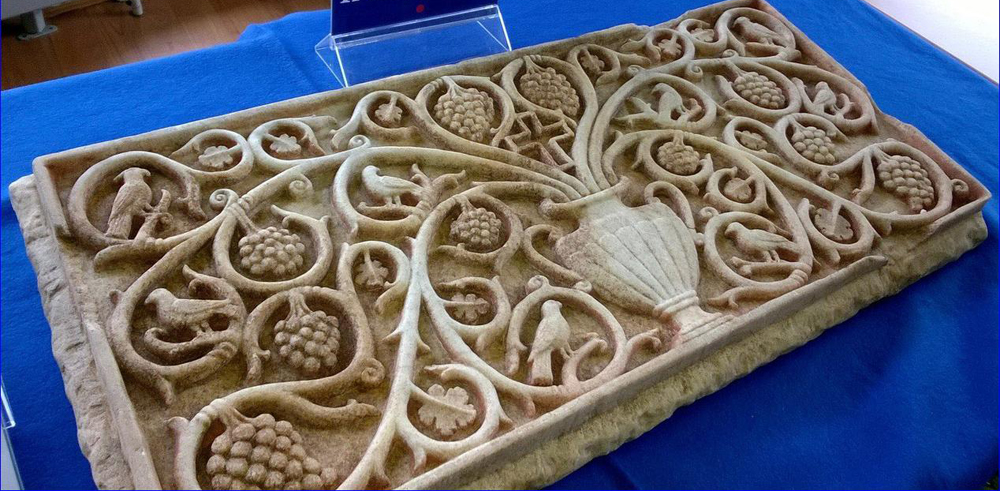By Mark Ellis —

Antiquities plundered by ISIS — including ancient Bibles — have made their way from Syria and Iraq to Western collectors, according to a report by the Wall Street Journal.
The Journal interviewed Syrian art traders, recent ISIS defectors involved with the artifacts, and law-enforcement officials in the U.S., France, Switzerland, and Bulgaria to draw a profile of the smuggling operation and its inner workings.
The valuable objects make their way from sites in Iraq and Syria, cross borders into Turkey and Lebanon, and finally are deposited in warehouses in Europe and Asia where they will be sold to dealers in the West.
Muhammad Al-Hassan, a 28-year-old Syrian, began trading antiquities in 2015 after being contacted by a top official of ISIS who sought his help to find Western buyers. Before the civil war, he was an English-language student who studied archaeology in his free time. The official asked him to find European buyers.
He recently sold two ancient bibles stolen by ISIS from a site in eastern Syria to a Russian buyer in Turkey for nearly $12,000. The Russian smuggled the bibles out of Turkey hidden in a truck with vegetables, he told the Journal.
Al-Hassan was paid a commission of 25% and gave the rest to the trader who brought the Bibles to Turkey.
Another Bible dating from the early Byzantine era, around the 6th century A.D., was stolen by ISIS in North Aleppo and smuggled to Turkey in June, 2016, where it is currently on the market for $50,000, according to Al-Hassan.

A second Syrian trader involved in the murky world, Omar Al-Jumaa, paid $1,000 to a Syrian woman wearing an abaya to carry a bronze Roman statue across the Turkish border in her bag. The statue, of a warrior with winged helmet and a shield, had originally come from Raqqa, he said.

The Turkish border police rarely check on women for religious reasons, Al-Jumaa told the Journal.
Al-Jumaa picked up the statue from the woman on the Turkish side of the border and drove it to a city in Turkey, where he said he is currently looking for a buyer.
He is attempting to sell an emerald looted by ISIS in Mosul in 2014, asking $600,000 for the precious stone.
Al-Hassan said he met an Iraqi-Kurdish trader trying to sell a 3rd-century Palmyrene limestone statue of a woman after smuggling it into Istanbul.
After being smuggled into Turkey or Lebanon, artifacts often pass through southeastern European countries and then into Western Europe, especially Germany and Switzerland, officials told the Journal.
In March 2016, police in Paris seized stolen steles from a marble altar taken from the Euphrates Valley, in an area controlled by ISIS at the time. It was being shipped via Asia to help hide a supposed final destination in the U.S.

There are about 20 major art galleries and trading houses in Western European cities that offer smuggled artifacts, officials said. “The trade’s main target buyers are, ironically, history enthusiasts and art aficionados in the U.S. and Europe—representatives of the societies which ISIS has pledged to destroy,” according to testimony given to Congress.
Last month, Hobby Lobby settled claims with the U.S. government by paying a $3 million fine and forfeiting artifacts smuggled from Iraq.
Islamic State’s legacy of looting will linger for many years, law-enforcement officials say, in much the same way that art looted by the Nazis continues to surface 70 years later. The ancient Bibles and other artifacts ISIS stole in Syria and Iraq are already moving underground and may not surface for decades, officials told the Journal.



